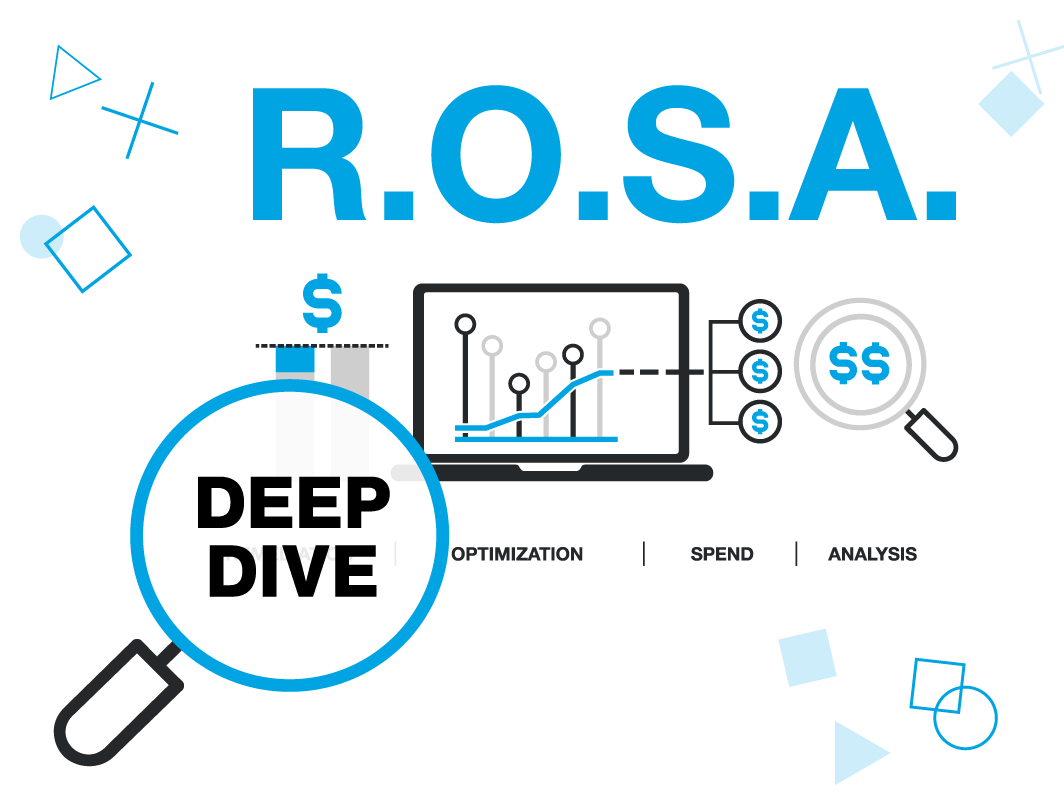
![]()
Effective April 2017, the United Kingdom set a global example on the issue of pay equity by requiring organizations to publish 12-month snapshots online accounting for their gender pay gaps. The pay data reports are publicly accessible online. One critical idea underlying the pay data reporting obligations in the UK is that transparency serves to debias systems that maintain or perpetuate the gender pay gap. This brand of public accountability for pay practices set off a chain of events affecting businesses across the globe.
Examples of this trend can be found domestically and overseas. In 2019, U.S. companies were obligated to submit 2017 and 2018 pay and hours-worked data to the EEOC as part of their EEO-1 workforce reporting (Component 2). The future of this requirement is unclear. At the state level, states such as California and New Jersey are experimenting with pay data reporting. In California, a bill that failed to pass would have required private employers with 100 or more employees to submit an “Employer Information Report” containing wages and hours-worked data to the Department of Fair Employment and Housing. Employers could submit their EEO-1 Component 2 reports to satisfy this burden. In New Jersey, the Diane B. Allen Equal Pay Act is currently in force and requires employers with public contracts to submit pay data reports to the Department of Labor and Workforce Development. Additionally, Puerto Rico’s Equal Pay Act Regulations take effect on March 14, 2020. Under these regulations, employers can apply for an Equal Pay Certification of Compliance by voluntarily and confidentially providing pay and workforce data to the Department of Labor.
Pay equity reporting is taking hold overseas as well. In France, organizations with 50 or more employees must assess their compensation using an evaluation method that equates points with progress toward reducing the gender pay gap. These point “scores” must be public-facing on companies’ websites. In Spain, employers with 50 or more employees must develop and release equality plans which include pay equity audits. Additionally, the Australian state of Victoria passed legislation requiring thousands of employers—including in the public sector, universities, and local governments—to prove that they are “actively pursuing” gender equality. Covered employers must develop and implement “Gender Equality Action Plans” every four years. These plans must include data on the gender pay gap within the reporting organizations, as well as strategies for achieving workplace gender equality. Much like the United Kingdom’s pay data reporting requirements, the Victorian Gender Equality Action Plans will be publicly accessible.
As is clear from the many forms of government adopting pay data reporting requirements, this trend is here to stay. Employers should continue to monitor pay data reporting in their jurisdictions and adopt practices and procedures to prepare for new developments. A pay equity audit can identify pay differences between employees that cannot be explained due to job-related factors. This type of audit not only identifies problems, but also provides actionable solutions. It gives employers an opportunity to ensure fairness in pay and prevent employee issues. It allows the employer to minimize risk by identifying and remediating deficiencies, providing the employer with greater standing to defend against and win claims of discrimination.



